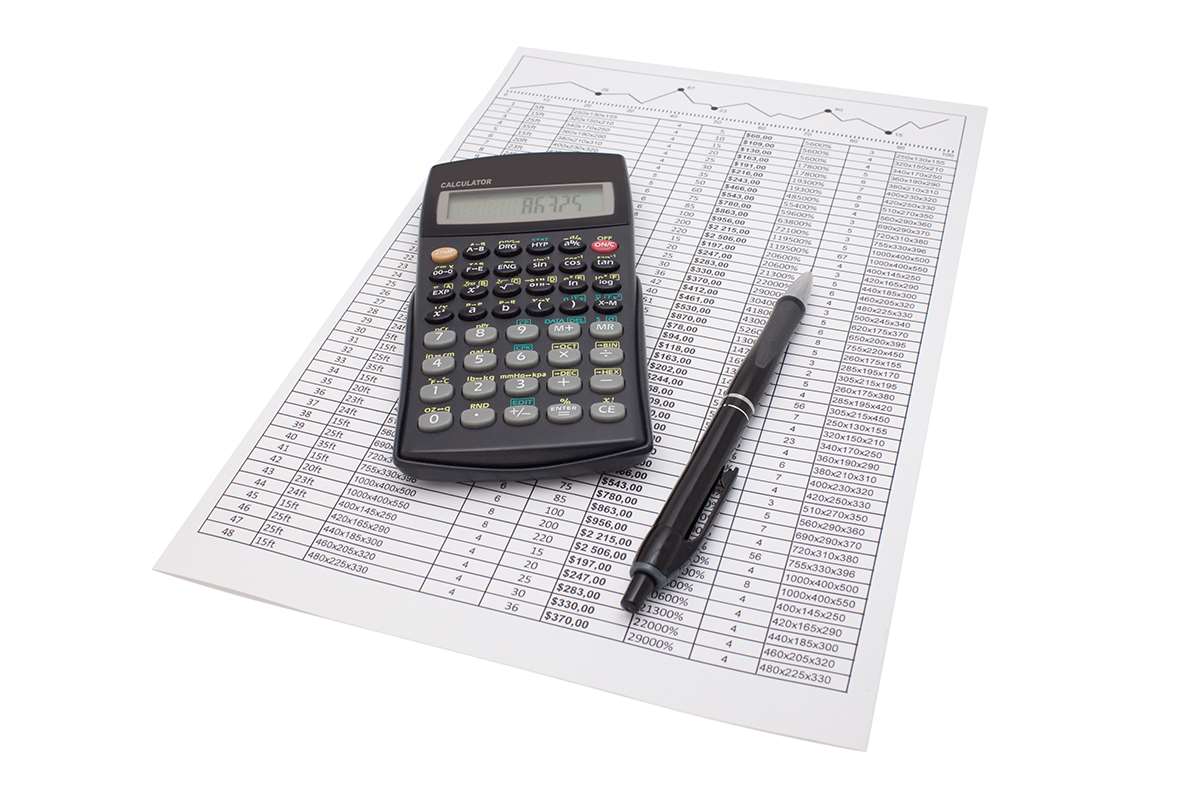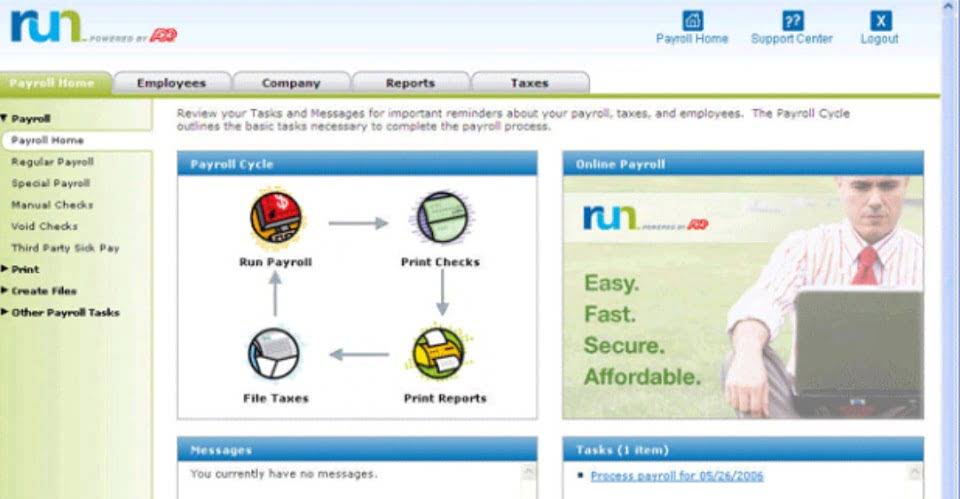
Therefore, in simple terms, the POHR formula can be said to be a metric for an estimated rate of the cost of manufacturing a product over a specific period of time. That is, a predetermined overhead rate includes the ratio of the estimated overhead costs for the year to the estimated level of activity for the year. Calculating predetermined overhead rates is crucial for accurately assessing production costs. Sourcetable simplifies this process through its AI-powered spreadsheet capabilities. By inputting basic cost drivers and total estimated overhead costs—factors such as Direct Labor how to calculate predetermined manufacturing overhead rate Hours or Machine Hours—the AI assistant processes data instantly.
Unnecessary Expenses & Poor Financial Planning
Optimize processes – Streamline workflows around everything from inventory to invoicing to save time and cut labor costs. You’ll master the key formulas, learn how to allocate costs properly across departments, see real-world examples, and discover best practices to control overhead expenses. Then we Mental Health Billing added the fixed manufacturing overhead for each month to obtain the total manufacturing overhead values. Finally, we deducted the monthly depreciation value from the capital assets and organizational resources to find the actual cash paid for manufacturing overhead. Therefore, this predetermined overhead rate of 250 is used in the pricing of the new product.

Multiple or departmental predetermined overhead rates:
- With features for task and resource management, workload and timesheets, our flexible software can meet the needs of myriad industries.
- That’s why it’s important to get to know all of the different terminology relating to accounting, and how these financial metrics can be used to assess the financial health of your business.
- Commonly, the manufacturing overhead cost for machine hours can be ascertained from the predetermined overhead rate in the manufacturing industry.
- Hence, one of the major advantages of predetermined overhead rate formula is that it is useful in price setting.
- Now, you must benchmark your overhead charges against competitors and industry averages.
- After going to its terms and conditions of the bidding, it stated the bid would be based on the overhead rate percentage.
- Our timesheet feature is a secure way to track the cost and the time your team is putting into completing their tasks.
At the beginning of year 2021, the company estimated that its total manufacturing overhead cost would be $268,000 and the total direct labor cost would be 40,000 hours. The actual total manufacturing overhead incurred for the year was $247,800 and actual direct labor hours worked during the year were 42,000. The predetermined overhead rate is the estimated cost per unit of activity (such as labor hours or machine hours) that a company incurs during production. It helps companies predict production costs and allocate overhead expenses to individual products or projects more accurately. Manufacturing overhead is referred to as indirect costs because it’s hard to trace them to the product.

Overhead Expense Analysis for Cost Reduction
- Predetermined overhead rate calculation is crucial for setting accurate pricing.
- This full cost information is important for internal decision-making and for external financial reporting.
- The versatility of Sourcetable makes it an essential tool not just for calculating overhead but for any mathematical computation across various fields.
- Managerial judgment is another element in the estimation process, incorporating insights from production managers and other relevant departments.
- That is, the company is now aware that a 5-hour job, for instance, will have an estimated overhead cost of $100.
- This is the formula to calculate applied manufacturing overhead in manufacturing.
For instance, assume the company is bidding on a job that will most likely take $5,000 of labor costs. The management can estimate its overhead costs to be $7,500 and include them in the total bid price. The predetermined overhead rate allocates estimated total overhead for an accounting period across expected activity or production volume.

This information can help you make decisions about where to cut costs or how to allocate your resources more efficiently. Once you have a good handle on all the costs involved, you can begin to estimate how much these costs will total in the upcoming year. Despite what business gurus say online, “overhead” and “all business costs” are not synonymous. That’s the entire idea—by estimating the amount of overhead that will be incurred, you can better plan for and control these costs. But before we dive deeper into calculating predetermined overhead, we need to understand the concept of overhead itself. Learn about emerging trends and how staffing agencies can help you secure top accounting jobs of the future.

COGS & COS: How are They Calculated and Why Does it Matter? SPRCHRGR: Tech-forward Accounting + Finance
This rate is then used throughout the period and adjusted at year-end if necessary based on actual overhead costs incurred. Examples of manufacturing overhead costs include indirect materials, indirect labor, manufacturing utilities, and manufacturing equipment depreciation. Another way to view it is overhead costs are those production costs that are not categorized as direct materials or direct labor. A later analysis reveals that the actual amount that should have been assigned to inventory is $48,000, so the $2,000 difference is charged to the https://robbymatthews.com/accounting-software-for-accountants-bookkeepers/ cost of goods sold.
